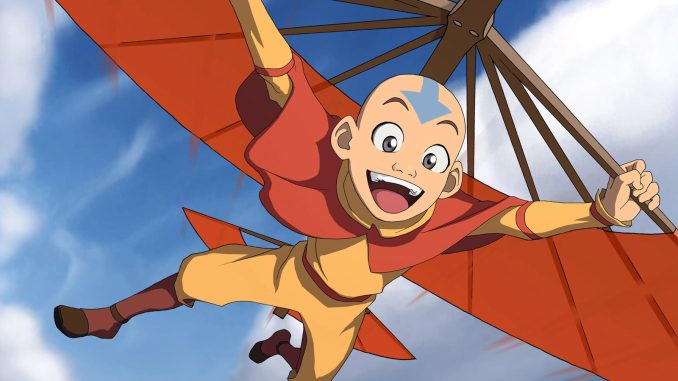
Water. Earth. Fire. Air. Long ago, the four nations lived together in harmony. Then, everything changed when “Avatar: The Last Airbender” premiered in 2005. Since then, animation hasn’t been the same. The Nickelodeon cartoon, as created by Michael Dante DiMartino and Bryan Konietzko, takes place in a fantasy world inspired by Asian culture and mythology. At the center of its story is Aang (Zach Tyler Eisen), the latest incarnation of the Avatar and, as such, the only living being capable of wielding all four elements and stopping the evil Fire Lord Ozai (Mark Hamill, who thought the show was too smart to stay on the air) before he can conquer the world.
It didn’t take long for “Avatar: The Last Airbender” to set itself apart from other action-heavy animated shows in its day (like “Samurai Jack,” and “Justice League Unlimited”) on its way to becoming one of the best and most unique American cartoons of all time. Alongside “Teen Titans,” “Avatar” helped popularize anime-inspired cartoons in the West and started discussions among fans about what even qualifies as anime. The series also built on television trends from the previous decade by telling a heavily serialized story featuring some of the best character arcs in modern fiction, along with profound themes that used to be uncommon in kids’ TV (like genocide, imperialism, and indoctrination), tremendous world-building, and lore that spans millennia. In short, “Avatar” heralded the arrival of a new era on the small screen, and it remains a high standard of what the medium can do — especially on network TV.
To commemorate the 20th anniversary of the premiere of “Avatar” (which is still one of the highest-rated TV shows of all time on IMDb), let’s rank its three short but significant seasons.
3. Season 1
The first season of “Avatar: The Last Airbender” takes a bit to find its rhythm, and it doesn’t reach the same heights its two follow-up seasons do, but there are clear signs of greatness in it. The first season is the most episodic of the three, as it is mostly about Aang rejecting his destiny and insisting on going on silly adventures — like penguin sledding. It isn’t until the “Avatar” Season 1 episode “The Storm” that the show goes from being a fun series to a monumental one.
Still, in the third episode alone, “Avatar” quickly shows it’s a kids’ cartoon that isn’t afraid to go dark and mature, revealing that Aang’s entire civilization was wiped off the map in a horrifying moment that rings scarily timely today. There are also plenty of fantastic episodes that still hold up as some of the best “Avatar” episodes overall, including “The Blue Spirit” (directed by “Star Wars” guru Dave Filoni), “The Warriors of Kyoshi,” and “The Northern Air Temple.” These episodes start to showcase the vast world-building of the series while still being pretty self-contained in their stories. Season 1 also has one of the best side characters in the show: the frighteningly Zhao, played by Jason Isaacs.
2. Season 3
A big reason why “Avatar: The Last Airbender” remains so beloved is that it went out on a huge high. The show’s four-part finale is a perfect culmination of its themes, character arcs, and overall story, yet it still leaves some mysteries unsolved for other “Avatar” projects to potentially resolve. Even before the finale, Season 3 simply ups the ante in every way. The overarching narrative flows nicely, and we get stunning two-part installments that act as mini-movies (like the invasion incident or the prison break episode).
Season 3 is also full of major lore moments, among them the introduction to Bloodbending, the origins of Firebending, and the glimpse we’re offered of life before Aang in “The Avatar and the Fire Lord.” These greatly expand the world of the show and make it part of a lived-in, fleshed-out universe. And yet, despite the heightened stakes and sense of urgency, “Avatar” Season 3 never loses its sense of humor. Indeed, this season has some of the funniest side stories in the entire show, standalone comedic episodes that include a “Footloose” homage, an anime-inspired beach episode in which the bad guys pour their hearts out and wreak havoc, and even the hilarious self-parody episode “The Ember Island Players.”
On top of all that, Season 3 has the absolute coolest action, with Zuko (Dante Basco) and Azula’s (Grey Griffin) Agni Kai in the finale being one of the best action scenes in animation history (one that’s made all the better by composer Jeremy Zuckerman delivering his best work). Indeed, few shows have a score as good as “Avatar: The Last Airbender,” and it doesn’t get better than it is in Season 3.
1. Season 2
Yes, Season 2 is the best season of “Avatar: The Last Airbender.” That’s because it is the season with the best balance between episodic and serialized storytelling, character development, and plot progression. Many modern shows forget the benefit of a good standalone episode, but that’s not the case with Season 2 of “Avatar.” It may not have stakes as high as those for Season 3, yet it manages to have a greater sense or urgency — Aang has to find an Earthbending teacher, Appa gets kidnapped, there is a conspiracy in Ba Sing Se — and every episode flows smoothly into the next.
This is the season with the strongest focus on the political intrigue of the Earth Kingdom, including the injustices of its feudal system, its strong use of propaganda, and the huge inequality within the realm. It helps that we spend the entire season exploring the Earth Kingdom, and all of its stunning locations have vastly different looks — from the swamp to the desert and the big city.
What makes this season special, however, is that every individual episode and moment shines rather than blending together in the larger stories. There are plenty of little standalone stories that either develop the season’s overarching plot or offer some great character or lore tidbit, like the “Avatar Day” episode that’s all about a murder trial, “The Blind Bandit” bringing pro wrestling to the “Avatar” world, and “The Guru” introducing kids in the West to the concept of chakras. Then there’s “Zuko Alone,” the gold standard for standalone episodes on both this show and arguably modern animation. The episode confirmed that Zuko’s redemption story wouldn’t be easy or quick, but immensely satisfying nonetheless. The season also gave us Iroh’s (who was still voiced by the late, great Mako in Season 2) best moments of wisdom, and introduced the best character in the show: Toph Beifong (Jessie Flower).
And, of course, Season 2 of “Avatar” has the most emotionally devastating moments in the entire show. There’s “The Tales of Ba Sing Se” (how many series can make fans shed tears with the mention of a single song?) and Iroh’s devastating story, but also “Appa’s Lost Days,” an award-winning episode about animal cruelty. This is the best “Avatar” ever was, and a testament to the power of TV animation.

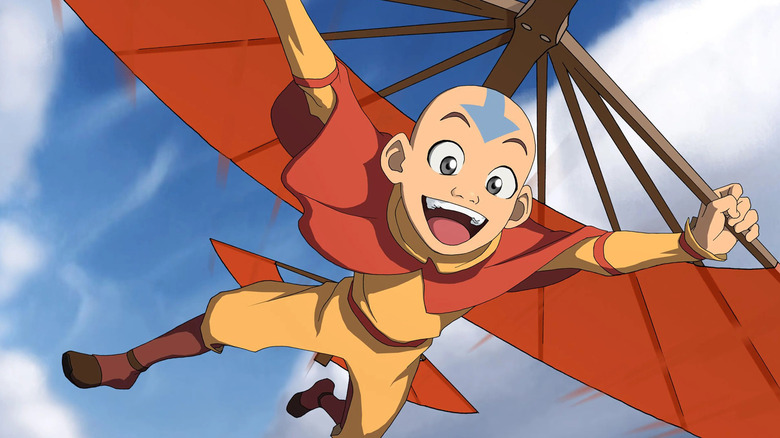
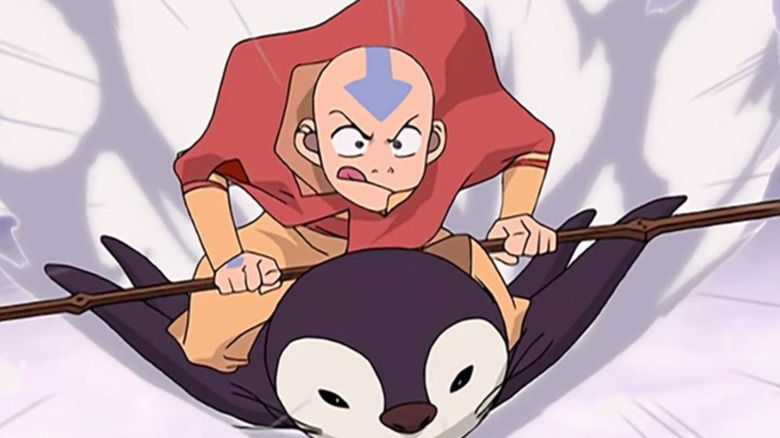
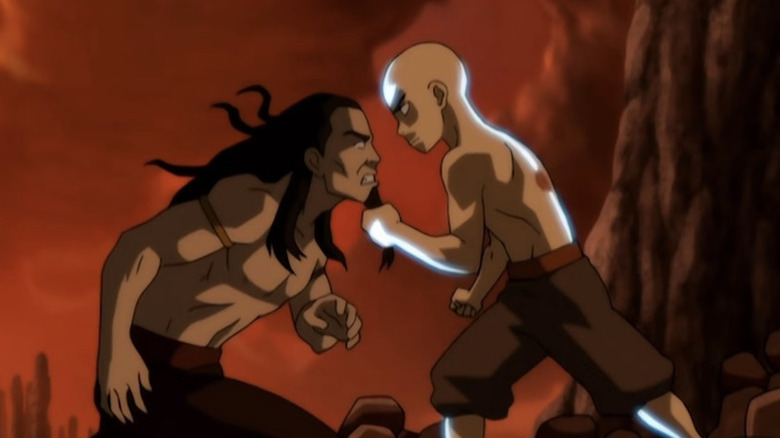
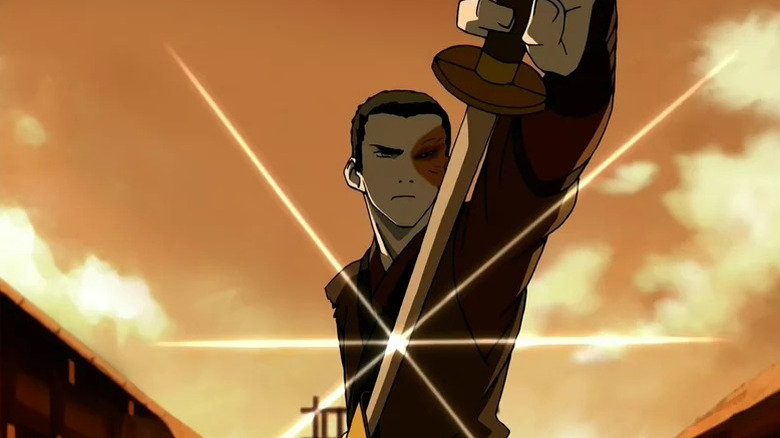
Leave a Reply